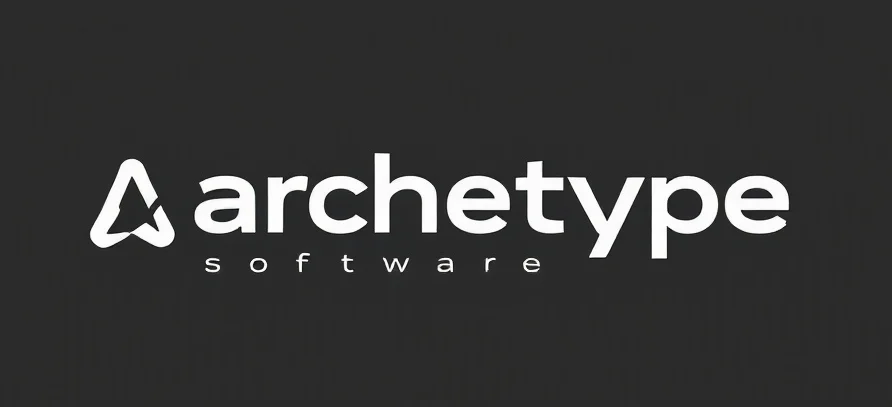The Future of Sales Forecasting: Beyond Excel Spreadsheets
Imagine trying to navigate a ship with a map from the 18th century. Sure, you might get somewhere, but you’ll miss the nuances of modern navigation. That’s what relying solely on spreadsheets for sales forecasting feels like in the age of AI. For those who still cling to their trusty Excel sheets, it’s time to consider an upgrade. Dive deeper into this topic by exploring sales forecasting excel for a detailed breakdown.
Excel’s Limitations in Sales Forecasting
Excel has been the cornerstone for business analytics for decades. Its grid-like precision structures numbers neatly, making it a favorite among data enthusiasts. Yet, as businesses grow and data multiplies, Excel starts to show its age. Think of it as trying to fit a galaxy into a snow globe. It might look pretty, but you’re missing out on the vastness and complexity of the cosmos. For more insights, visit the archetypesoftware website.
Errors can creep in with manual entry, formulas might break, and scalability becomes an issue. In a world where data is king, relying solely on spreadsheets can hinder more than help. It’s no longer just about rows and columns; it’s about patterns, predictions, and precision.
AI: The New Compass for Sales Forecasting
Enter AI—a technology that’s less about replacing humans and more about augmenting human capabilities. If Excel is the map, AI is the compass guiding you through uncharted territories. By harnessing machine learning algorithms, AI can process vast amounts of data, identify patterns, and make predictions with unprecedented accuracy.
Imagine having a tool that not only predicts sales trends but also adjusts those predictions in real-time based on new data inputs. This is where AI shines. It’s like having an intern who learns on the job, but instead of making coffee runs, it’s analyzing data and offering insights that could change the course of your business. Discover more about this transformation on Page 2 of 71 – archetypesoftware.
Transformative Aspects of AI in Sales Forecasting
AI doesn’t just crunch numbers; it interprets them. It’s not limited by predefined formulas or human biases. Instead, it learns from data, improving over time. This transformative aspect allows businesses to pivot strategies quickly, stay ahead of market changes, and make informed decisions with confidence.
Consider the ability to simulate various scenarios, predict potential outcomes, and prepare for them. It’s akin to peering into a crystal ball, but instead of mysticism, it’s grounded in data science. This level of foresight is invaluable, especially in competitive markets where every decision counts.
Actionable Recommendations
So, how do you transition from the world of spreadsheets to AI-driven sales forecasting? Here are a few steps to get you started:
- Evaluate Your Needs: Understand your current forecasting processes and identify areas where AI can add value.
- Choose the Right Tools: Research AI platforms that integrate seamlessly with your existing systems. Look for those that offer scalability and flexibility.
- Invest in Training: Equip your team with the knowledge and skills needed to leverage AI tools effectively.
- Start Small: Implement AI in a specific area of your sales forecasting to test its effectiveness before scaling up.
- Iterate and Improve: Continuously refine your AI models and processes based on feedback and results.
In conclusion, while Excel has served its purpose well, the future of sales forecasting lies in AI. Embrace the change, let AI be your guide, and prepare to navigate the complexities of data with newfound clarity and confidence.
Checkout ProductScope AI’s Studio (and get 200 free studio credits)

